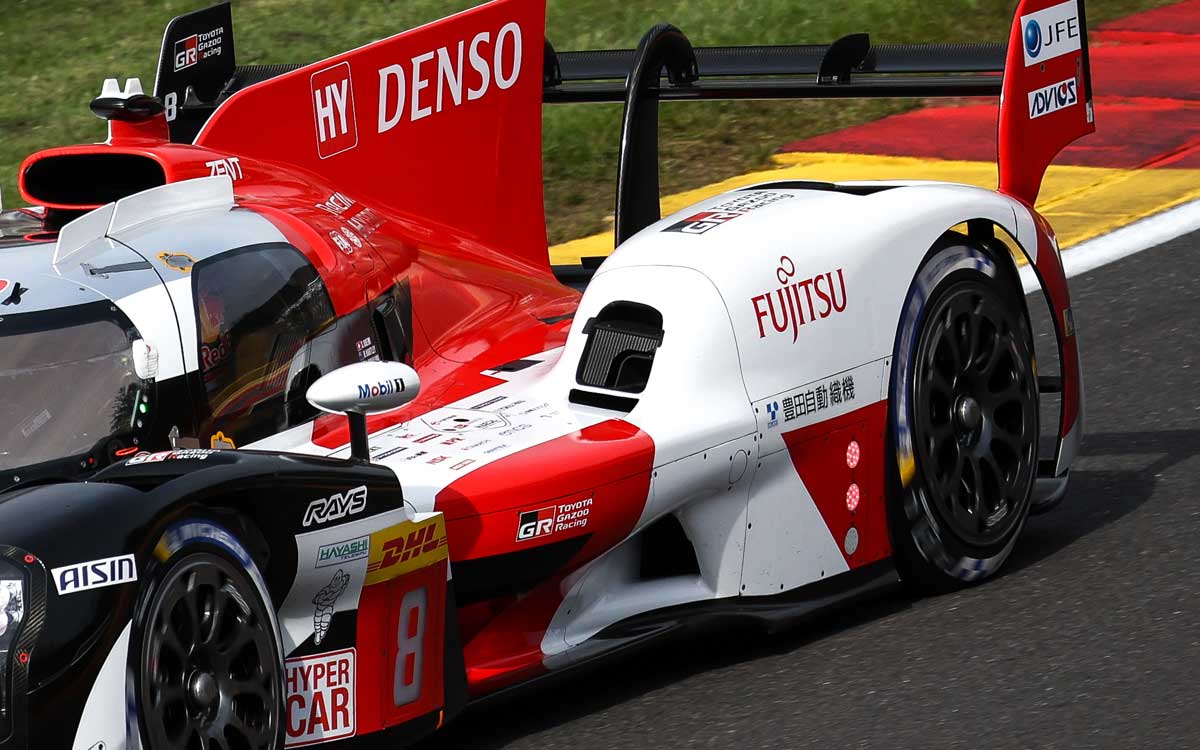
Since 2015, artificial intelligence (AI) has consistently performed better than humans when classifying images. As AI evolves, its detection rate also continues to improve.
This is leading to an increased number of smart manufacturers choosing AI-driven optical quality assurance systems. These systems can detect errors at any stage of the manufacturing process, reducing the amount of rework that has to be done and bringing costs down. Importantly, using automated, AI systems means that humans are freed from the drudgery of manual inspections, letting them focus on more interesting and engaging tasks.
The optical quality assurance system has the added advantage of never needing a break, working fast enough to check all products rather than a sample, and rarely (if ever) making errors. In a manufacturing landscape where quality is paramount, this is a key benefit.
In one example, Fujitsu worked with a wind turbine manufacturer to implement an AI optical quality assurance solution. Each turbine blade required careful inspection because any defects could have a significant impact on its operation. Working with ultrasonic images, a well-trained scientist would spend approximately six hours to inspect each blade. This was frustrating and boring for the scientist, and costly for the manufacturer.
After implementing an AI-driven, automated optical inspection process, the scientist was freed up to do more interesting work and the overall inspection time was slashed to just an hour and a half per blade. Accuracy levels went up and costs went down
The challenge of manual processes
Quality assurance processes are repetitive, exhausting, and often dull. The average human concentration span has now decreased to 8.25 seconds, meaning it’s unlikely that humans can improve their error-detection rate.
AI increases the probability of spotting flawed projects compared with humans, who tend to perform at an error rate of 25 per cent. According to interviews with Fujitsu customers, this error rate can then increase to 30 per cent after two hours of manual inspection due to the decline in focus that humans experience.
AI never tires, loses focus or needs a break; every product on the production line is inspected with the same level of meticulousness.
Quality assurance work is exhausting and, when people are tired, they can make mistakes. Using AI-driven optical quality assurance systems can avoid this risk and put people in a position where they can better show their natural strengths. This way, AI solutions can deliver better results and free people up to do more appropriate work.
Quality assurance creates new opportunities to compete
Quality assurance is about more than just making sure each product is flawless. Of course, achieving a better overall quality of production is important to how the customer perceives the product. However, in many organizations, quality assurance is seen as a cost centre when, in fact, it could be treated as a value add.
For example, adding AI-driven optical inspections can help organizations classify their products and offer more variety and options to their customers. If an organization is manufacturing sheet metal, the AI system can classify each piece that comes off the production line according to its quality.
The manufacturer can then offer the highest-quality pieces at a premium price, with the lowest-quality pieces selling at a reduced price. This minimizes waste, gives customers more choice, and helps manufacturers differentiate their offer even further.
Automating quality assurance and creating a feedback loop earlier in the production cycle could also help manage costs more effectively. With early intervention, manufacturers can automatically adapt the machine calibration in a way that increases quality without wasting too much material.
By harnessing technologies like automation and AI, manufacturers can deliver greater productivity and intelligence to operations. Employees are directed away from mundane production tasks and reassigned to more valuable jobs, increasing their overall engagement and work satisfaction. While human intervention will still be required throughout the process, automation delivers a better utilization of materials and an overall increase in end-to-end quality.
If automation is combined with useful data analytics, it helps management identify where issues occur, and how to address them instantly. This helps factories further improve their quality assurance processes and ensure equipment is working according to relevant standards, reducing costly downtime.
AI in optical detection
Given the massive importance of quality assurance in manufacturers’ ability to compete, and the proven limitations of using manual defect detection processes, manufacturers must consider using an AI-driven optical detection system.
Harnessing the power of image recognition through AI has the dual benefit of boosting efficiency and avoiding yield losses from products that otherwise would have been reworked. Automated quality assurance provides feedback data to earlier production cycles.
Instant identification along the production line prevents work being unnecessarily redone, saving time, money and stress. To achieve this, organizations require an analytics component that can identify root causes based on the analyzed images and automatically readjust the machines in the earlier production cycle.
As the manufacturing industry continues to strive for even better automation, organizations will continue to become more efficient, more cost-effective, and more flexible. Working smarter means factory employees can focus on the tasks that bring them enjoyment and job satisfaction, leaving the less-desirable processes behind.
This means AI-powered optical controls can potentially lift the quality and competitiveness of manufacturing as an entire industry, ushering in a new age of success even in a highly-competitive global marketplace.
In summary, AI-driven optical quality assurance systems can deliver significant benefits because:
- AI is more accurate and reliable than human inspection
- AI makes it possible to reach a higher level of quality
- humans are freed up to undertake more useful tasks
- optical quality assurance isn’t just a cost; it also provides an opportunity to differentiate products, reduce waste, and offer an improved customer experience.
To find out more about how Fujitsu’s smart quality management image recognition systems work and how they could help your manufacturing organization become more competitive, visit our manufacturing pages today.












